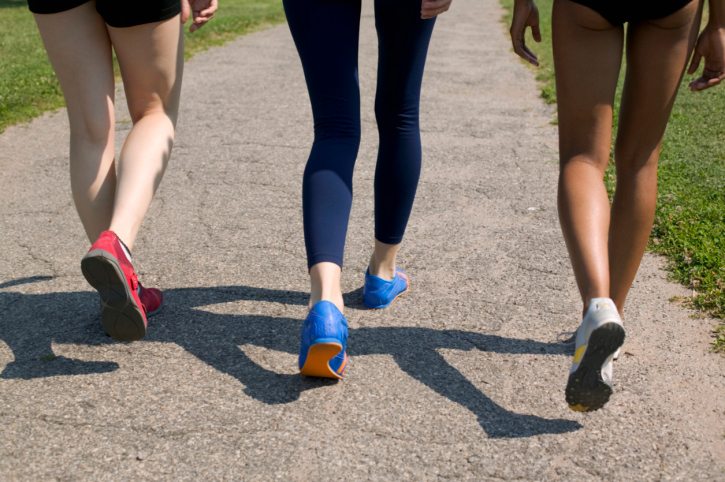According to a survey of more than 15,000 Australian women, less than two out of ten do their pelvic floor exercises daily, despite incontinence affecting one in three women who have ever had a baby.
And while incontinence can certainly affect men, 80 per cent of those reporting living with incontinence are women.
In the lead up to Women’s Health Week from Monday 5 to Sunday 11 September, the Continence Foundation of Australia wants to remind women of all ages there is much they can do to reduce their risk of incontinence.
And that doesn’t just mean older women or mothers.
A 2018 Australian study found that one in three netballers experience incontinence and many women may stop exercising after giving birth due to incontinence.
Specialist Women’s, Men’s & Pelvic Health Physiotherapist, Shan Morrison, says “I see a lot of women who have reduced their engagement in exercise and other enjoyable activities and have withdrawn from life physically, emotionally, socially, and sexually.”
Risks of developing incontinence
“Incontinence is preventable and treatable in the majority of cases,” says the CEO of the Continence Foundation of Australia, Rowan Cockerell. “The key to preventing or better managing incontinence comes down to protecting and strengthening the pelvic floor and adopting a few healthy lifestyle habits,” she said.
Apart from pregnancy and childbirth, there are several risk factors for developing incontinence.
These include age, being overweight, smoking, menopause, conditions such as diabetes and following bladder and/or pelvic injury and surgery.
Leaking while sneezing, coughing or exercising can hold young women back but can also be easily treated.
Pelvic floor exercises, any time, any where
Mrs Cockerell, said pelvic floor exercises can be done anywhere, any time. “You can do them on the bus, at your desk, while you’re standing in line for a coffee, and nobody will even know you’re doing them,” she said.
And the exercises don’t just help with continence. They can also improve sexual function.
“Many people are embarrassed about any incontinence issues. We know that it can lead to some people limiting their social and sex lives and then we start to see it having an impact on their mental health,” Mrs Cockerell said. “People think it’s just a normal part of ageing, but it absolutely isn’t, and nobody should feel they just have to put up with it.
For help talk to your healthcare practitioner or visit continence.org.au for information, including videos, on how to do pelvic floor exercises, as well options for further help and treatment.







